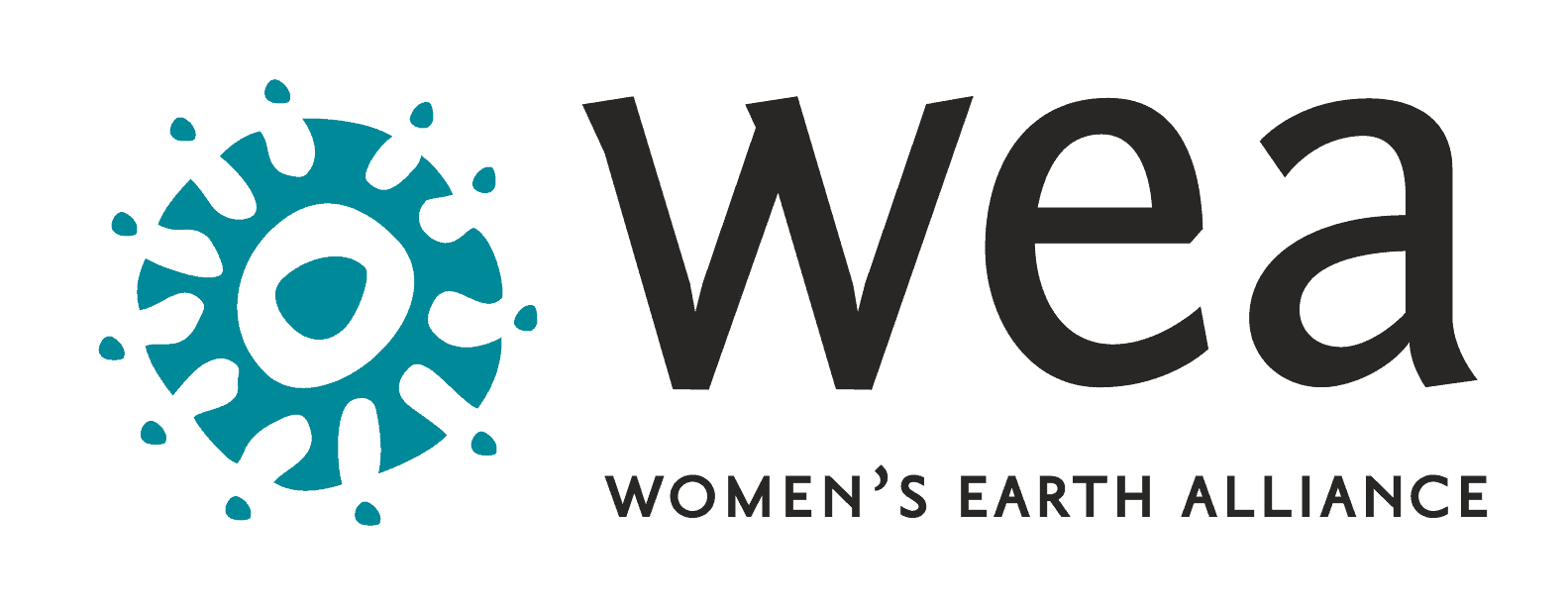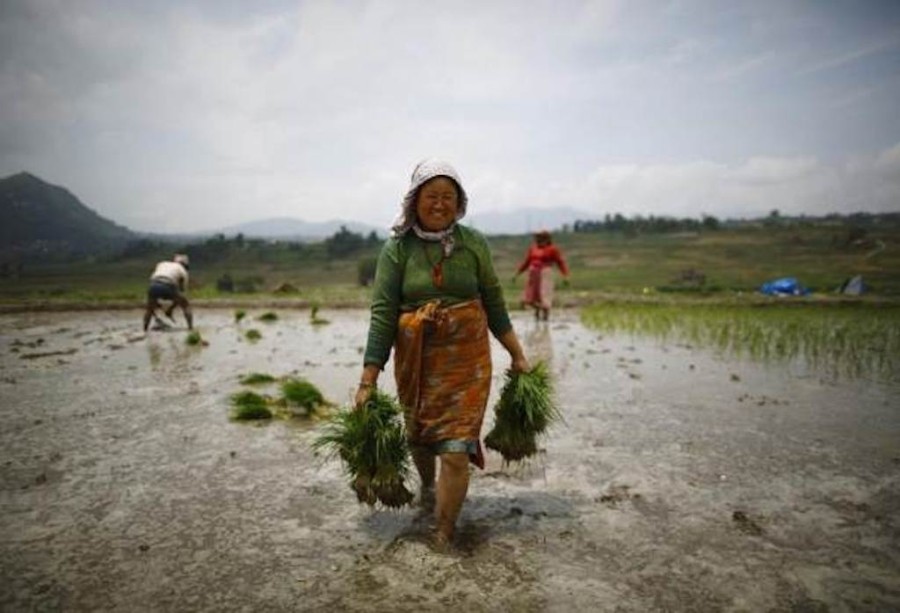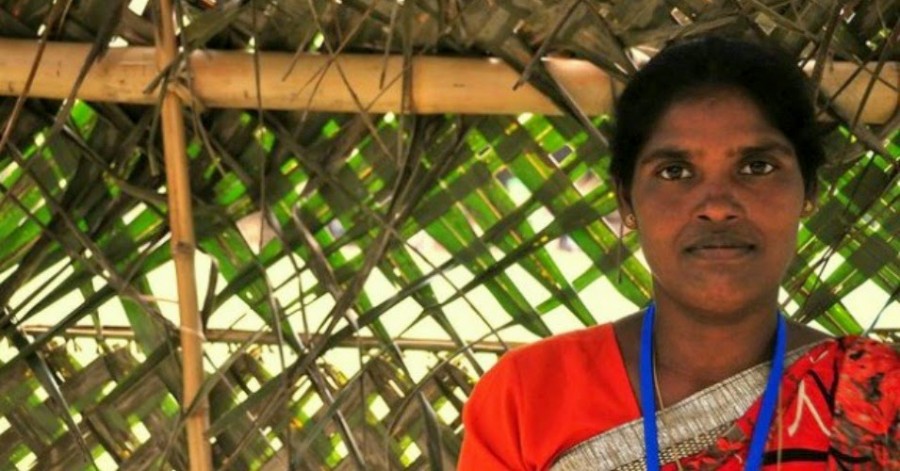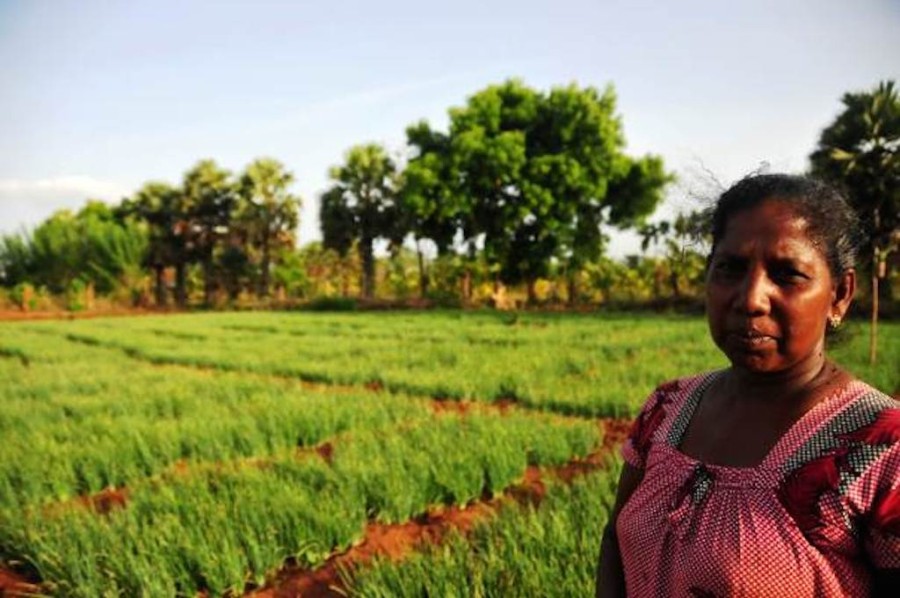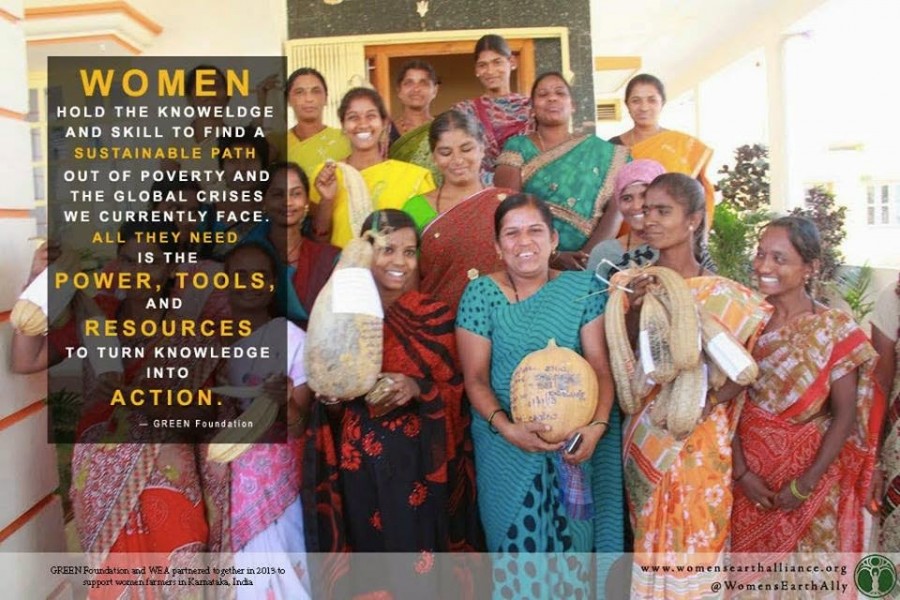Posts Tagged ‘South Asia’
Women vow to save forests
In the small northern community of Lahaul Valley in the Himalaya, 139 ‘mahila mandals‘, women groups, in all but one of the 28 panchayat, or village councils, have vowed to save the forests. This gorgeous forest valley lies between 13,000 and 20,000 feet above sea level, and to ensure their continued survival, the community members have…
Read MoreWomen with Land Boost world Agriculture Output
Researchers are concluding what many have known for a very long time. That women are central to the production of food across the globe, but receive drastically fewer resources than their male counterparts. In the developing world, women produce almost half of the food grown. But according to the UN Food and Agriculture Organization, they…
Read MoreWEA Grassroots Partner Celebrated as “Woman Warrior”
Check out this great article on grassroots women warriors–including a WEA partner!–who are protecting their lands and communities against #environmental destruction. Suryamani Bhagat is a brave forest activist and #Indigenous leader of the Jharkhand Save the Forest Movement in #India, and has mobilized a forest watch committee to stop illegal forest destruction in her state. WEA partnered with Jharkhand Save…
Read MoreNo voice in Environmental Policy hurts Women
In 2010, government officials in Sri Lanka launched a $260 million rural water project in the Eastern and Central Provinces -and they made sure that women were at the helm. In one village, Talpotha, women have formed a management group that routinely visits houses connected to water pipes to ensure each home doesn’t exceed the…
Read MoreWEA Partnership with GREEN Foundation Supports Women Farmers in Karnataka
In India, climate change, the steady degradation of natural resources, as well as political and social unrest and inequity, has severely affected the lives of millions of rural poor—a majority of which are women—who depend on natural resources for their livelihoods. These barriers help to make women and girls more vulnerable to societal and health dangers, and…
Read More